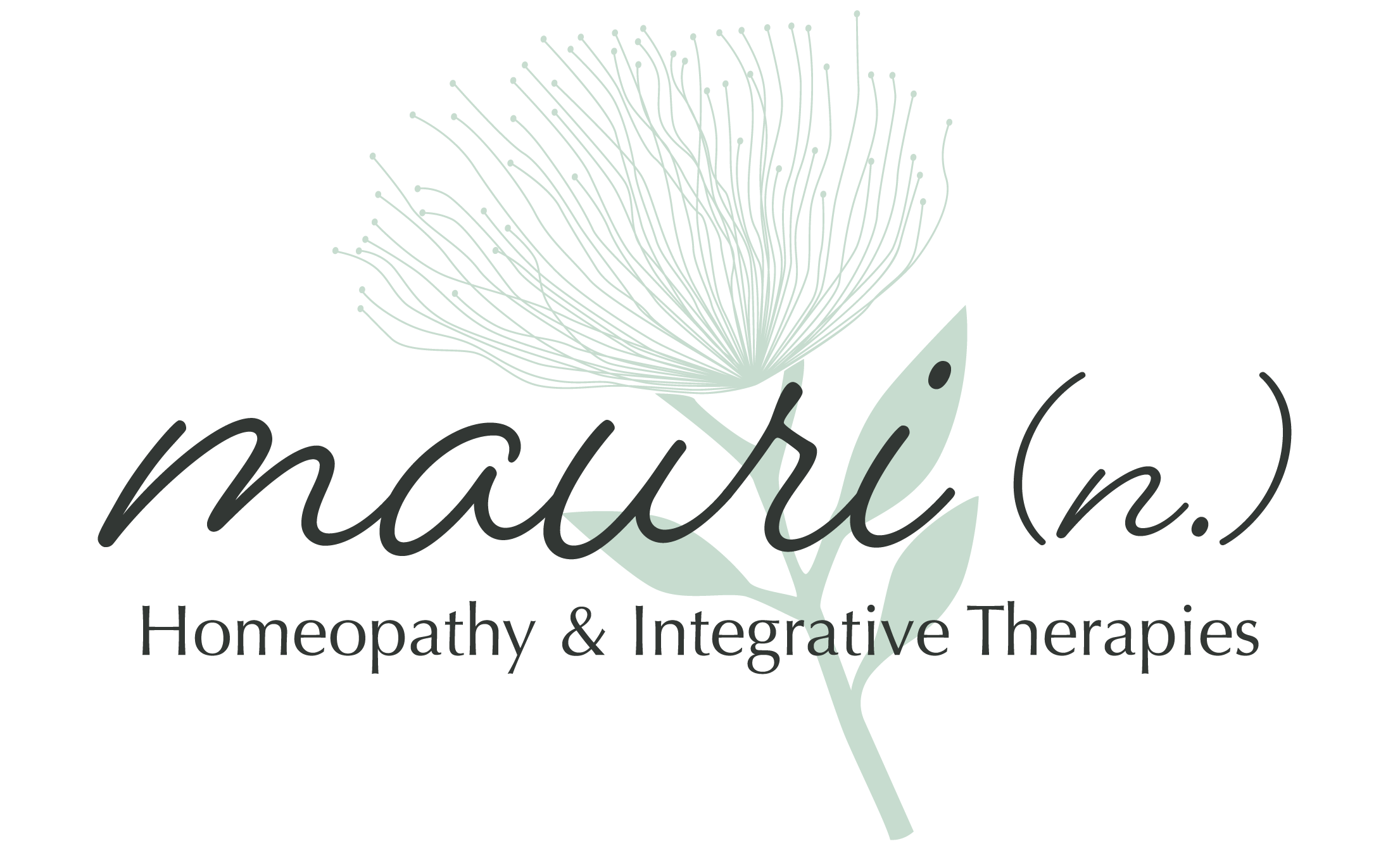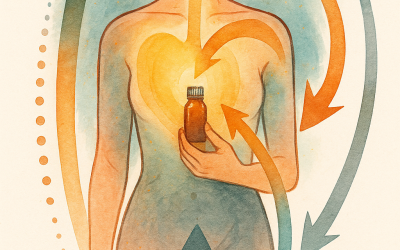Growing up in North America, I learned about the bothersome threat of poison ivy from an early age. As an outdoorsy tomboy, I spent countless hours exploring the woods, catching tadpoles, and getting dirty with my neighborhood friends. We prided ourselves on being little “bushmen,” adventuring through nature, far from the distractions of modern technology (because there was none then). Every time someone itched, we’d joke that it must be poison ivy, adding a bit of danger to our escapades. Thankfully, our scrapes and scratches never turned out to be poison ivy. However, my recent experiences in the clinic has shown me just how serious it can be.
Given that experience, it seems like an ideal moment to discuss poison ivy, how to identify it, and how to use homeopathic remedies and other natural products for support.
Main Symptoms of Poison Ivy Exposure:
- Redness
- Itching
- Swelling
- Blisters
- Difficulty breathing (if you’ve inhaled smoke from burning poison ivy)

Poison ivy is a year-round risk in North America, even during harsh winters in some regions. The real problem lies in the plant’s resin, known as urushiol, which can cause a nasty rash characterized by straight, linear scratches that later become inflamed. The risk isn’t limited to direct contact; secondary exposure can occur when the resin is transferred from one object or area of the body to another.

A client of mine recently experienced this firsthand. She unknowingly encountered poison ivy. Her distinctive “Z” scratches on her arm, along with vesicular eruptions, strongly suggested a poison ivy reaction. If you think you’ve come into contact with poison ivy, the first step is to wash the affected area immediately before it can spread.
Interestingly, some people don’t react to urushiol at all. If you’re one of the lucky few, count your blessings. However, for those who do react, the symptoms can range from mild irritation to severe, long-lasting discomfort. Reactions can last from a few days to several weeks, depending on severity.
If you’re planning to treat poison ivy at home, it’s essential to recognize the “red flag” signs that indicate the need for professional medical attention. If you experience unbearable pain, increasing swelling, spreading redness, pus development, fever, lightheadedness, or lethargy, consult a healthcare professional.
In homeopathy, the key is to find a remedy that reflects a similar picture to your symptoms. Match your symptoms as closely as you can. The uniqueness of some of your symptoms could help you find the appropriate remedy. Even when using the most appropriate remedy, it won’t instantly “cure” your symptoms. However, it will provide your body with the necessary tools to facilitate the actions needed to begin healing. With this support, the body can effectively and swiftly overcome acute illnesses, leading to a quicker return to regular life and daily routines.
Homeopathic Remedies for Poison Ivy:
- Anacardium: Best for intense itching, burning, and vesicular eruptions that worsen at night or with warmth. Scratching aggravates the condition, but rubbing offers some relief. The eruptions may exude a thick, yellowish fluid.
- Croton Tig: Effective for rashes with intense itching, burning, and blisters that discharge yellowish serum, forming thick scabs. This remedy is useful for rashes on sensitive areas like the face, genitals, or lower limbs, especially if symptoms worsen at night or on the left side.
- Graphites: Ideal for eruptions characterized by a sticky, honey-like exudation. It works best when the skin develops thick crusts and feels rough, especially in the joints and body folds. It’s also helpful when the patient feels chilly and finds relief from warmth or being covered.
- Rhus Tox: Widely used for intensely itchy rashes with small, red, fluid-filled blisters that burn and itch more with scratching. This remedy is especially indicated when the itching improves with warm applications or hot showers, and the person feels restless, with a constant need to move.
- Sulphur: Used when the rash is intensely itchy, and scratching provides temporary relief but also causes pustules to bleed and become crusty. The eruptions might be dry or exude yellowish or whitish fluid. Symptoms may worsen with warmth, especially in a warm bed, and discomfort increases at night.
- **Nariyani WAR 35 mix remedy is also a good tool to have on hand to help support a brooding infection to take acutely. (Email if you’d like to purchase this remedy)
Other Holistic Options
- A drawing poultice using bentonite clay, spring water, and organic apple cider vinegar. Gently rinse off, making sure not to rub.
- A soothing application of aloe vera.
- Taking vitamin C to bowel tolerance for its anti-inflammatory, analgesic, antihistamine, and antioxidant properties.
- An Ayurvedic therapy called Shivambu Kalpa Vidhi explores the therapeutic applications of urine therapy, particularly for skin disorders. This involves bathing with water mixed with one’s own urine as a traditional remedy to relieve various skin conditions. It is believed to have cleansing and antiseptic properties that can help soothe irritated skin, reduce inflammation, and promote healing.
- My Tissue Salt combination supports the stages of inflammation, detoxification, lymphatic drainage, as well as skin repair and elasticity. (Email for inquiry)
- Ozonated gel or olive oil can be utilized to support healing in the later stages, reducing infection risks and promoting skin restoration.
Preventative Action
During the warm summer months, when people are more likely to explore nature, encounters with poison ivy become more common. For individuals who are highly sensitive to poison ivy, taking Rhus tox 30C at the beginning of summer and continuing with weekly doses for a month may help reduce the severity of reactions. In case you can’t follow the preventive measures mentioned earlier while traveling to poison ivy-prone areas, taking Rhus tox 12C daily (short term) might reduce the reaction if there is an exposure.
Some of these remedies aren’t your typical kit-based ones, so be sure to pick up a few extras for your medicine cupboard. This way, you’ll be prepared for any encounters in the wild!
If you need any homeopathic support for acute or chronic, I’d be happy to support you and your family. Please click here to access my website directly linked with my booking calendar.




